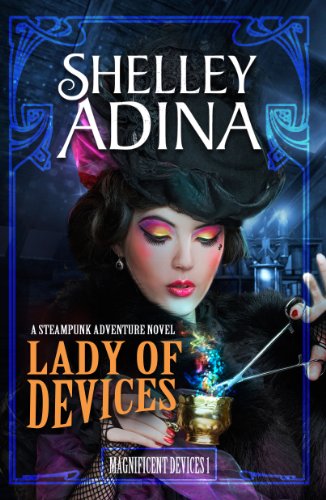Reading
In one of our meetings, my supervisor happened to mention that most PhD students spend their first year reading before they even start their dissertation novel or its accompanying reflective thesis. Which of course sent this type-A planner into a giant flail, thinking I was doing something wrong or out of order.
To add to this, I read in one of the research modules we’re required to take that the bibliography for our project needs to include every bit of reading we’ve done, whether it makes it into the subset called the Works Cited list or not. This was news to me, as I’ve been reading since I got the offer letter last winter. Fortunately, I’ve been keeping a list in the oh-so-handy Notes app in my phone of where these articles and journals are, so that part wasn’t such a heart-stopper. (Thank you, Tara Brabazon, for your vlog, wherein I learned handy hints like a note trail of reading.)
I’ve already handed in my research plan. But that’s a little different. So in my meeting yesterday with my supervisor, I talked over what exactly I was supposed to be reading—critical theory? newspaper articles from the twenties? articles on biofiction, which is sort of what The Comforter is? Here’s what I learned:
- Most important are the primary sources—letters, poetry, songs, essays, articles—written by the people who are characters in the novel. This should be my focus. These are things that no one else has seen, that are going to accomplish the purpose of the PhD, which is to add to human knowledge. Aside from the ones in hand, I’ve located primary sources in university archives. This week the lovely folks at the Beineke Rare Book and Manuscript Library at Yale sent me ninety pages of songs, letters, and a short story written by my second heroine. Talk about a treasure trove! There are more troves to sift through—literally, boxes—at the Online Archive of California and UC Santa Cruz and in local history societies. I can see where this reading alone could take a year!
- Secondary sources like newspaper articles should also go on the reading list, to provide “a sense of the moment,” as my supervisor says, and a wider context for the peculiar goings-on in Holy City in 1927. Those are in the San Francisco Public Library. Clearly I’m going to get really familiar with public transit.
- The few books that others have written on this subject. Looks like I have two to track down, and one of them is at UC Santa Cruz, where I have a library card 🙂
- Last on the list are the things that I had in first place: articles and journal essays on biofiction. (Biofiction is a biographical novel told as a story, and includes imagining the interior lives of real people.) This material can support what I’m doing, but as my supervisor says, it’s not the interesting part.
What’s interesting is what the people in Holy City were thinking and feeling and writing in the 1920s. That’s the part that is going to make this book come alive.





Wow! They are ever so helpful and are certainly giving you lots of areas to research. What a treasure trove of information!
My goodness…….how to stay out of trouble!! Good luck with all the reading…..and the remembering. I’m sure the completed ‘Comforter’ will be amazing.